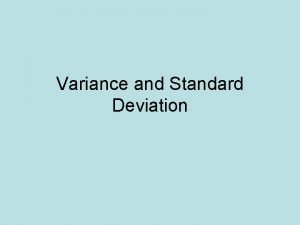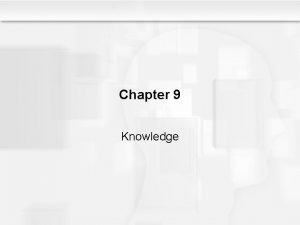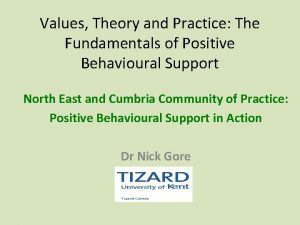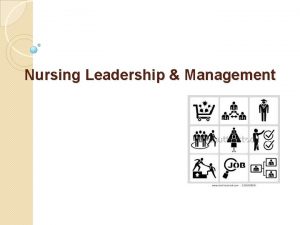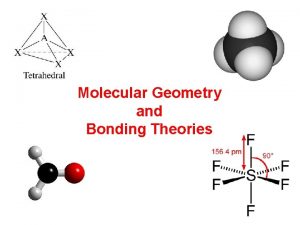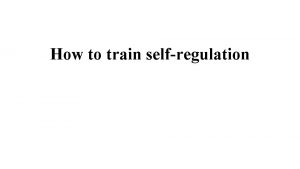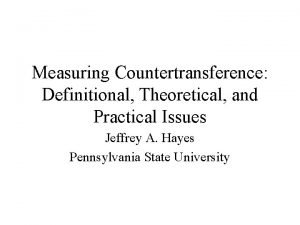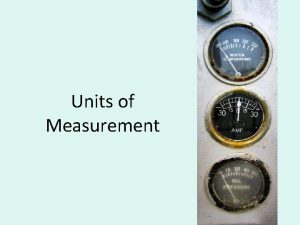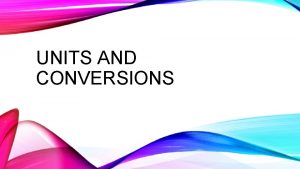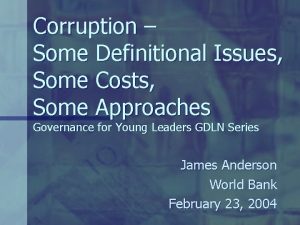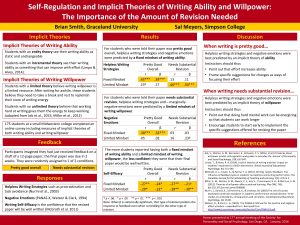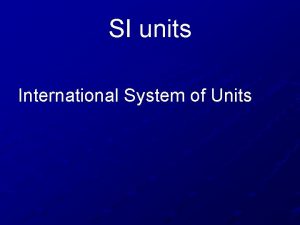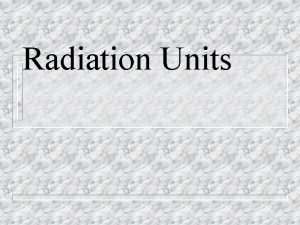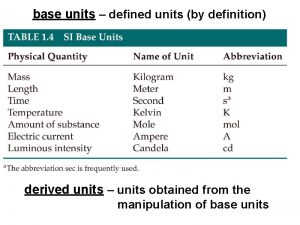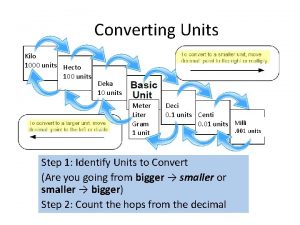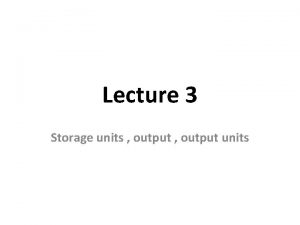COGNITIVEMOTIVATIONAL THEORIES DEFINITIONAL ISSUES Cognitivemotivational units and selfregulation














- Slides: 14

COGNITIVE-MOTIVATIONAL THEORIES DEFINITIONAL ISSUES • Cognitive-motivational units and self-regulation COGNITIVE-MOTIVATIONAL THEORIES ABOUT THE SELF • Higgins: real/ideal/ought selves • Dweck: incremental vs. entity self-theories MIDDLE-LEVEL UNITS • Types • Personal strivings and mental and physical wellbeing 1

Do you remember this from intro lecture on motives? CHARACTERISTICS OF MOTIVATED BEHAVIOR: • raises and fades over time • coherent (organized) • persistent and efficient • associated to a network of cognitions (images, beliefs, plans) • has emotional correlates and consequences (e. g. , frustration) 2

Integrating motives and cognitions …. COGNITIVE-MOTIVATIONAL THEORIES: Modern social-personality theories that emphasize the link between cognitions (beliefs, schemas, etc. ) and motivation (goals, needs) in predicting behavior (e. g. , persistence of action, emotions) 3

Self-regulation: how cognitions, motivations, and emotions interact RED: emotions GREEN: motivations PURPLE: cognitions 4

COGNITIVE-MOTIVATIONAL THEORIES ABOUT THE SELF 5

HIGGINS (1987): Real, Ideal, and Ought selves • Self-discrepancy theory: We are highly motivated to reduce discrepancies between how we actually see ourselves and how we actually would like to be and how we think we ought to be. • Real/Ideal discrepancies lead to feelings of depression and real/ought discrepancies to feelings of anxiety. OUGHT REAL IDEAL 6

Higgins’ empirical demonstration of how real/ideal discrepancies lead to feelings of depression and real/ought discrepancies to feelings of anxiety: IDEAL PRIMING: Asking subjects to write an essay about the qualities they would love to have (but don’t have) OUGHT PRIMING: Asking subjects to write an essay about the qualities they think it’s their duty to have (but don’t have) 7

DWECK (1990): Incremental vs. Entity self-theories PERFORMANCE GOALS LEARNING GOALS 8

MIDDLE-LEVEL UNITS 9

BROAD, DECONTEXTUALIZED MIDDLE-LEVEL UNITS SPECIFIC, SITUATIONAL 10

advantages disadvantages LEVEL 1 highly personal highly decontextualized low B predictive value LEVEL 4 highly contextualized high B predictive value highly impersonal LEVELS 2&3 personal contextualized medium B predictive value 11

12

Research on Personal Strivings (Emmons, 1992) 13

HAVING HIGH VS. LOW LEVEL OF STRIVINGS HAS DIFFERENT HEALTH CORRELATES !! (Emmons, 1992) Mostly High worse mental health (e. g. , more anxiety, depression) (e. g. , improving this world) Mostly Low worse physical health (e. g. more colds, headaches) (e. g. , be funny) 14
 Pearson's r definitional formula
Pearson's r definitional formula Nicholas spykman rimland theory
Nicholas spykman rimland theory Antecedent boundary
Antecedent boundary Standard deviation definitional formula
Standard deviation definitional formula The definitional approach to categorization
The definitional approach to categorization Botox markings
Botox markings When units manufactured exceed units sold:
When units manufactured exceed units sold: Legal and ethical issues in media
Legal and ethical issues in media Ecommerce security issues
Ecommerce security issues State legal ethical and professional aspects of security
State legal ethical and professional aspects of security Theories and values of positive practice
Theories and values of positive practice Theory of growth and development
Theory of growth and development Lewin's leadership theory
Lewin's leadership theory Molecular geometry and bonding theories
Molecular geometry and bonding theories The freudian concept of the ego is best described as *
The freudian concept of the ego is best described as *



